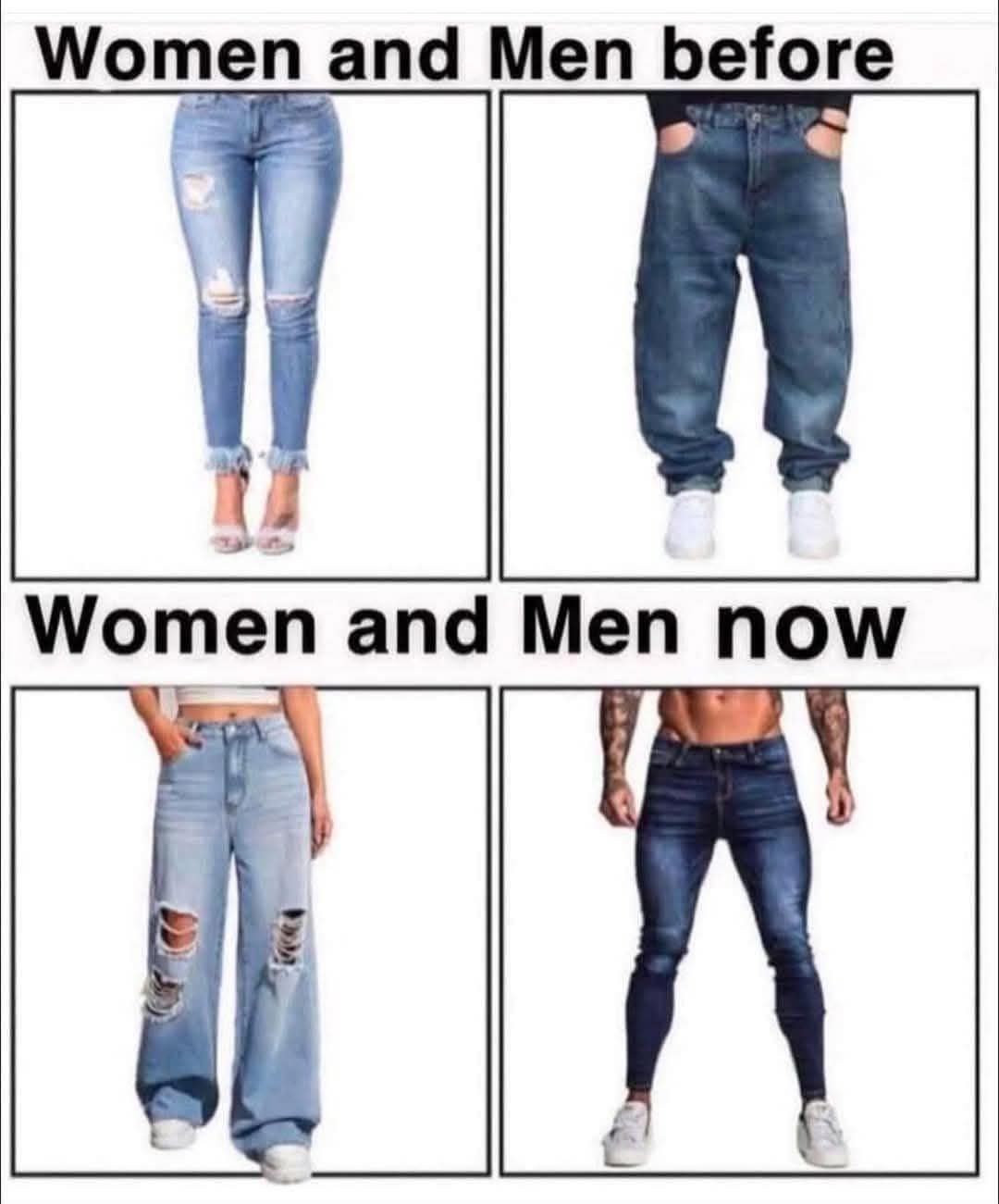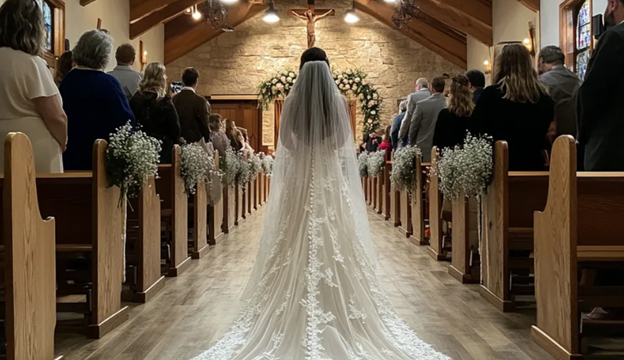Fashion has always been more than fabric and thread—it’s one of the most expressive forms of personal identity. Over the decades, fashion has mirrored major cultural shifts, social progress, and changing attitudes toward gender. One of the most noticeable transformations lies in how men and women dress. Comparing the way people dressed decades ago to the styles we see today reveals a striking evolution—not just in aesthetics, but in freedom of choice and expression. Clothing once strictly divided by gender is now fluid, inclusive, and focused on individuality.

In the past, fashion followed firm rules shaped by traditional gender roles. Women were expected to appear delicate and feminine—dresses, skirts, pastel tones, and high heels were the standard. Men, meanwhile, wore practical, structured outfits: trousers, suits, button-downs, and a subdued palette of grays, navy, and black. Fashion wasn’t just about looking good—it was about conforming to societal norms. These styles were often less about comfort or creativity and more about playing the part society had written for each gender.
But times have changed. Social movements, particularly the feminist movement and broader pushes for gender equality, challenged these expectations. As gender roles began to shift, so did the clothes people wore. The rise of unisex fashion, the popularity of androgynous styles, and the rejection of gender-specific rules in wardrobes have all contributed to a more open, inclusive fashion landscape. Today’s fashion is no longer dictated by gender norms, but rather shaped by comfort, creativity, and confidence.
Looking at women’s fashion now, it’s clear that practicality has taken center stage. Jeans, oversized tees, sneakers, and athleisure have become everyday staples. Women today prioritize movement, functionality, and personal taste over outdated ideas of femininity. This shift has given way to more fluid silhouettes and bold experimentation with patterns, colors, and styles that were once considered “masculine.” Fashion no longer insists that women fit into a single mold.
Men’s fashion, too, has undergone a dramatic transformation. Items once reserved for women—skinny jeans, form-fitting tops, bright colors, jewelry—have become part of mainstream men’s wardrobes. Suits have taken a backseat to hoodies, joggers, and sneakers. Today’s man doesn’t shy away from style choices once labeled “feminine.” In fact, many embrace them with pride, redefining masculinity as something that includes softness, flair, and individuality.
At the heart of modern fashion is self-expression. Clothing today is a reflection of who you are, not who you’re expected to be. The boundaries have softened, allowing people to mix styles in ways that feel authentic. It’s now common to see women in sharp suits or combat boots and men in pink cardigans or floral patterns. Fashion is no longer about fitting into a box—it’s about breaking out of it.
A huge driver of this evolution is the influence of social media and celebrity culture. Platforms like Instagram and TikTok have opened the floodgates for personal style. Influencers, musicians, and actors regularly challenge traditional fashion standards. Icons like Harry Styles, Billie Eilish, and Zendaya dress without concern for gendered expectations. They’re not just setting trends—they’re rewriting the rules.
And let’s not overlook the rise of unisex and gender-neutral fashion lines. More and more brands are designing clothes without attaching a gender label, offering pieces that anyone can wear. This isn’t just a trend—it’s a cultural shift. It says that fashion should be based on how something makes you feel, not who it’s supposedly “for.”
Another important trend shaping the modern fashion world is sustainability. Today’s consumers—both men and women—are paying attention to where their clothes come from, how they’re made, and the impact they have on the environment. Ethical practices, recycled materials, and slow fashion are becoming more common. People want their wardrobes to reflect their values just as much as their style. This growing demand is pushing the industry to innovate and rethink how fashion can be both beautiful and responsible.
In the end, fashion today is about empowerment. It’s about choosing what feels good, what reflects your inner world, and what allows you to stand tall and proud. Whether you’re a man who loves a floral print or a woman rocking a tailored blazer and combat boots, the message is clear: wear what makes you feel like you.
Fashion is no longer just about fitting in—it’s about standing out. It’s a personal declaration, a daily choice to show the world who you are. And that’s something to celebrate.
As we look ahead, the future of fashion seems brighter, more inclusive, and more mindful. The line between men’s and women’s fashion will likely continue to blur. What once seemed unconventional is now embraced as the norm.
So, the next time you pick out an outfit, don’t think about what’s “for men” or “for women.” Think about what’s for you. Because fashion isn’t about gender anymore—it’s about freedom.
What do you think about how fashion has evolved? Have you embraced styles that once felt off-limits? Let’s keep the conversation going—share your thoughts below!





